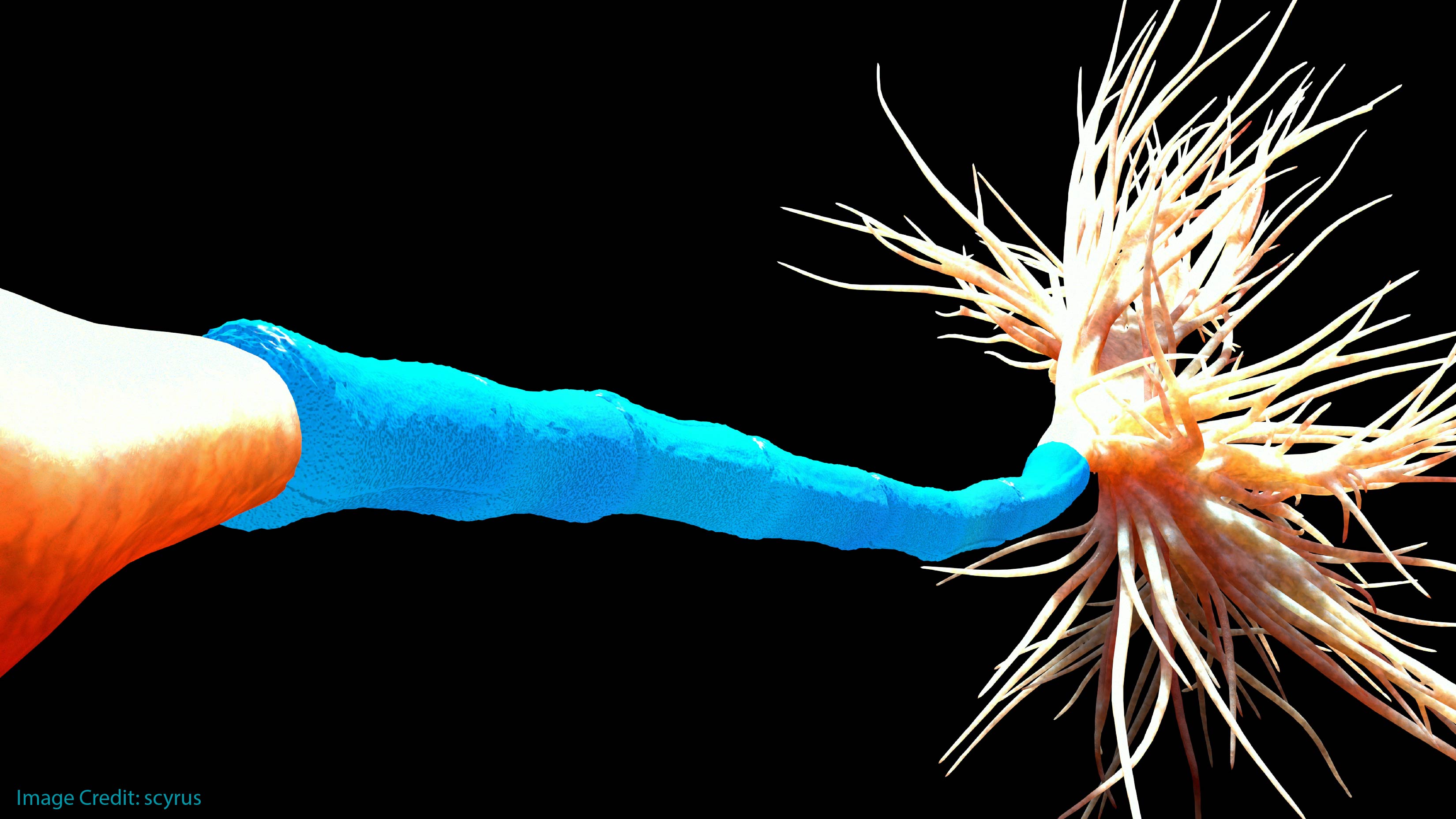
If you attend the more hard-core neuroscience talks at Learning and the Brain conferences, you’re familiar with words like “myelin,” “neuroplasticity,” and perhaps even “oligodendrocytes.”
How do all these terms fit together? Here’s the scoop…
Step 1: Neuroplasticity
For much of the 20th century, neuroscientists believed that brains developed during early childhood. However, relatively quickly, they arrived at their final, unchanging form.
With newer technologies, however, we now know that brains keep changing throughout our lives. We’ve even got a word for a brain’s ability to change: “neuroplasticity.” (“neuro” = brain; “plastic” = change.)
Because this finding contradicts so many decades of neuroscientific belief, researchers have been REALLY excited about it. When you hear them at a talk, you can see their eyes grow wide with wonder.
Brains change throughout our lives.
Step 2: Myelin
Like babies, neurons are born naked.
Of course, neurons carry electrical signals, and exposed wires don’t do that very effectively. Over time, therefore, your brain needs to insulate those naked neurons.
It does so with “myelin sheathing”; a phrase that neuroscientists use so they don’t have to say “little white hot-dog buns made of fat.” But: that’s what myelin sheathing is — fat.
Myelination benefits all sorts of human activities. 
For example: babies learn to walk when the motor neurons responsible for that part of the body myelinate. (If you’re particularly interesting in myelination, check out this video.)
How does the brain myelinate those neurons? Highly specialized brain cells — with the poetic name “oligodendrocytes” — work like tiny bricklayers to create this essential coating.
Step 3: Neuroplasticity and Myelin
In a recent article over at Searching for the Mind, Dr. Jon Lieff explores the complexities of these essential processes. In particular, as he describes it, he sees myelination as essential for “whole brain neuroplasticity.”
It’s an article for those of you who really want to know more about highly complex brain mechanics. If you don’t have time for graduate school work in neuroscience, here’s a fascinating place to start.




